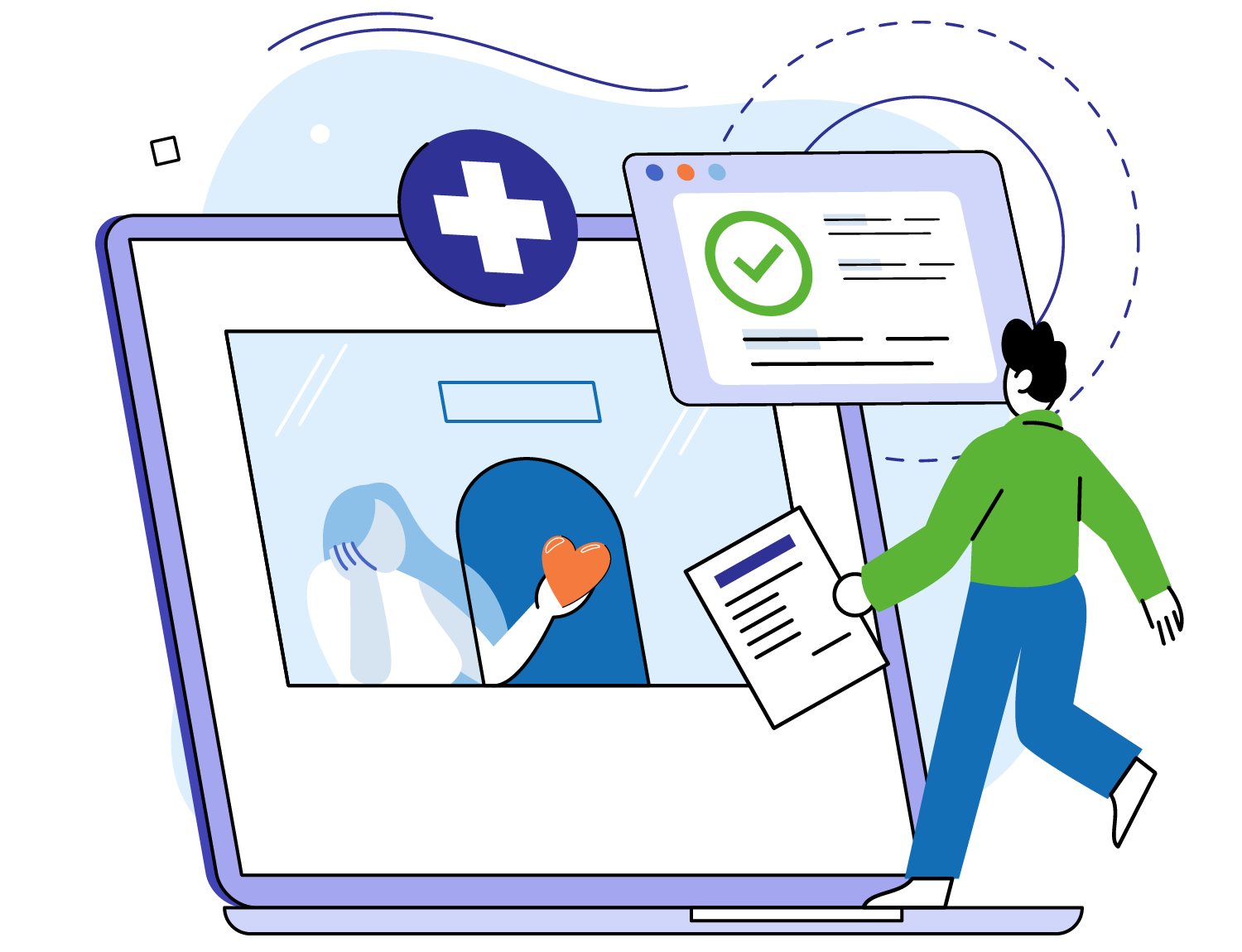What is an Eligibility API?
Eligibility APIs are used by hospitals, medical practices, billing and RCM managers, dentists, EHR/PM, apps, and other healthcare organizations looking to streamline processes and improve patient and employee experiences.
In this blog post, we’ll break down what APIs are, how an eligibility API works, and its benefits.

Understanding APIs
Application Programming Interfaces (APIs) play a crucial role in facilitating communication between software applications. By adhering to a set of rules or protocols, APIs enable seamless exchange of data, features, and functionality, empowering businesses to adapt and innovate in response to evolving market demands.
APIs empower organizations to respond to market forces with agility. They bridge the gap between legacy systems and modern web applications, facilitating connections with customers, partners, and the broader business ecosystem. This integration not only unlocks new value but also accelerates innovation by simplifying the delivery of new capabilities.
What is an Eligibility API?
Eligibility APIs are specifically used in the healthcare industry to allow eligibility information to be integrated into healthcare applications. This technology allows healthcare providers or healthcare software companies to leverage an eligibility provider’s connections to verify a patient’s insurance coverage for specific medical services.
How Our Eligibility API Works
pVerify’s API endpoints are calls from a client’s own system, sent to pVerify and then through to a payer via one of our redundant connections to verify patient eligibility.
We return the payer data, normalize it, parse it using our business logic and artificial intelligence, and then return it to your system. We are the only clearinghouse that can provide non-electronically linked payers and vision payers such as VSP, using the same workflow and interface used for the common payers such as Medicare.
What Can You Do With An Eligibility API?
Using an eligibility API, you can pull a wide range of patient information, including:
- Plan Name & Number
- Policy Type, Group Name & Number
- Important Dates: Effective, Expired, Plan Began, Service Bega
- Learn if NPI is in Network
- Payer Billing Address, ID, and/or Phone Number
- Co-pay, Co-insurance, Deductible applies to OOP details
- Individual and Family Deductible and OOP information
- Plan Group or Plan Network Tier information
The availability of this information varies and depends wholly on the payer.
This information can be used to:
1 | Simplify Insurance Verification
An eligibility API streamlines the insurance verification process by providing real-time access to insurance benefit data. Rather than building and maintaining direct connections in-house, healthcare providers can easily access crucial information such as coverage details and co-pays. This customization ensures that front-office staff can interpret coverage information effectively, reducing errors and saving valuable time.
2 | Enhance Patient Experience
Consider a scenario where a patient visits a physical therapist. Through an insurance eligibility API, the therapist’s office can retrieve the patient’s insurance status, co-pay obligations, deductible information, and remaining covered visits. This not only ensures accurate billing but also provides transparency to the patient regarding their financial responsibility for the visit.
Learn more about pVerify’s eligibility API. Contact our team of experts to schedule a demo and learn how pVerify can help you unlock efficiency today.


